Narrative Warfare: How Indian Media Misinformed the Public (2011–2025)
Prominent journalists and media giants were caught spreading falsehoods, from fake stings to fabricated data, forcing them to issue public apologies. Read the full report for more information.
Total Views |
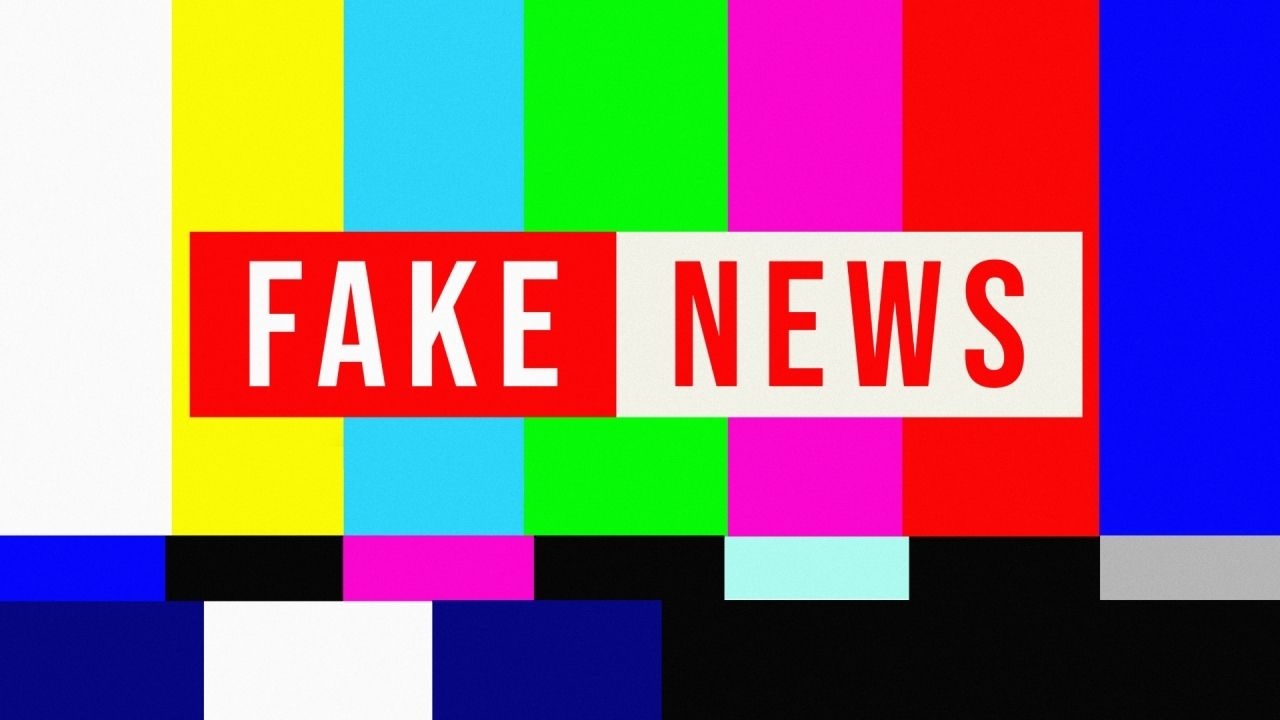
Rumours, misinformation, disinformation, and malinformation are narratives that the media is considered accountable to protect society from. But what happens if the media itself is perpetrating the same 'mistakes' and becomes the carrier of falsehood?
Then the media, which is even regarded as the fourth pillar of democracy, becomes a tool to execute narratives and campaigns that can create a warfare of narrative. And in previous years, the Indian media has become a witness to such journalism, where it can be seen building and spreading an anti-Bharat agenda. The Indian media, which has for decades been acclaimed as ‘The Fourth Pillar Of Democracy’, now appears to be captured by the anti-Bharat forces.
The report below is a detailed examination of such incidents when journalists and media organisations were found guilty of publishing or broadcasting misinformation, false narratives, or unverified claims and became an agent of establishing an anti Bharat narrative. This report compiles verified instances between 2011 and 2025:
1. Rajdeep Sardesai’s False Sting on BJP Leader Ajit Singh Tokas
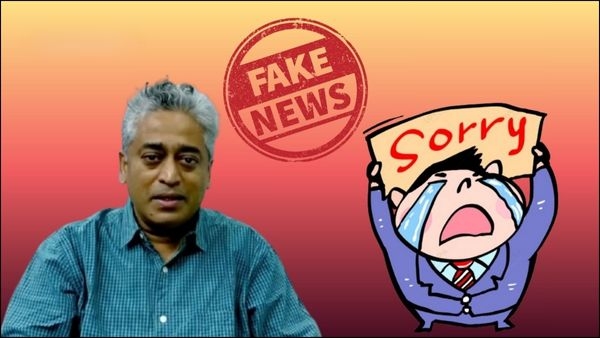
Date of Incident: 2011
Apology Date: 13 October 2025
Journalist: Rajdeep Sardesai (Consulting Editor, India Today Group)
Media Outlet: IBN7 (in collaboration with Cobrapost)
Fake News: In 2011, a televised sting titled “Dilli’s Double Agents” aired on IBN7 accused BJP councillor Ajit Singh Tokas of corruption and bribery. The sting was later proven false and unverified, causing serious damage to Tokas’s public image.
Apology: On 13 October 2025, Rajdeep Sardesai issued a video apology, admitting the allegations were baseless. He termed it an “error in judgment” and stressed the need for editorial accountability and factual integrity.
Past Precedent: In November 2019, Sardesai had also issued an unconditional apology to IPS officer Rajiv Trivedi for a false 2007 report linking him to the Sohrabuddin case.
2. Tehelka’s False Bribery Allegations Against Major General M.S. Ahluwalia
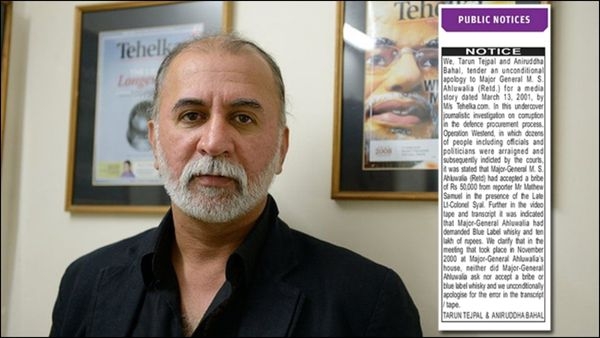
Date of Incident: 2001
Apology Date: January 2024
Journalists: Tarun Tejpal and Aniruddha Bahal (Tehelka)
Fake News: Tehelka’s Operation West End alleged that Major General M.S. Ahluwalia accepted bribes in defence deals, a claim later found to be false and defamatory.
Apology: In January 2024, both journalists issued an unconditional apology before the Delhi High Court, admitting that their earlier reporting was inaccurate. The court accepted the apology, ending a decades long legal battle.
3. Aaj Tak Reporter Neha’s Fake India–Pakistan War Claims
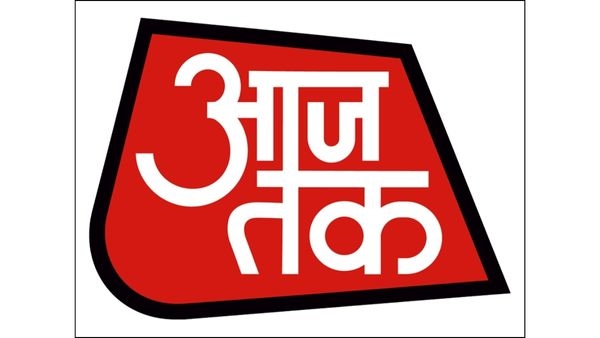
Date of Incident: 8 May 2025
Apology Date: 9 May 2025
Journalist: Neha (Junior Reporter, Aaj Tak)
Fake News: During heightened Indo-Pak tensions in 2025, multiple channels, including Aaj Tak, aired sensational but false reports claiming India had “captured Gaza Patti,” attacked Karachi port, and forced Pakistan’s surrender.
Apology: Reporter Neha issued an on air apology the following day, admitting the channel’s error and attributing it to the “race for TRPs.”
4. Dainik Bhaskar’s Fake “Taliban in Tamil Nadu” Video
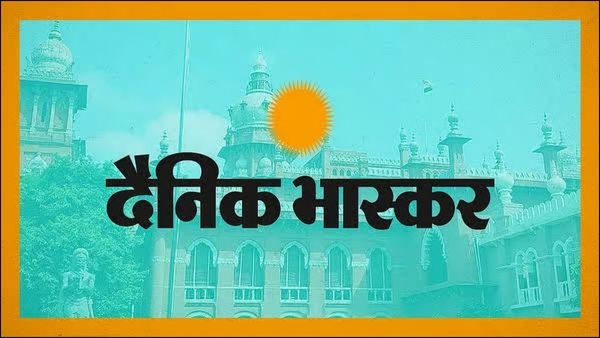
Date of Incident: 2 March 2025
Apology Date: 30 June 2025
Journalist: Prasoon Mishra (Digital Editor, Dainik Bhaskar)
Fake News: Dainik Bhaskar posted a video on X (formerly Twitter) claiming “Taliban in Tamil Nadu punishing Bihari labourers for speaking Hindi.” The video was later declared fake by Tamil Nadu DGP.
Apology: Prasoon Mishra issued an unconditional apology before the Madras High Court, stating there was no intent to promote enmity. The court granted anticipatory bail and directed him to cooperate with the investigation.
5. Ravish Kumar and NDTV’s False Rice Procurement Data
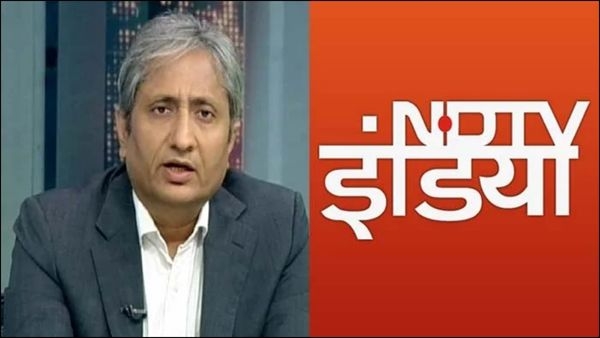
Date of Incident: January 2021
Apology Date: 18 January 2021
Journalist: Ravish Kumar (NDTV)
Fake News: Ravish Kumar misrepresented government data on rice and paddy procurement, misleading viewers about the extent of farmer purchases.
Apology: He issued a public apology on X (Twitter) and NDTV released a clarification correcting the figures.
6. Times of India’s False Report Linking Defence Officers to BJP Campaign
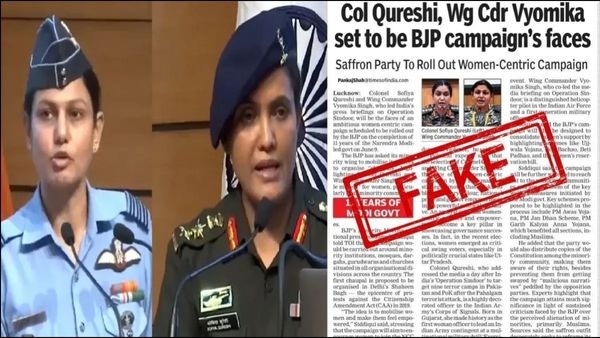
Date of Incident: 1 June 2025
Apology Date: 2 June 2025
Media Outlet: Times of India
Fake News: The Times of India published a front page story falsely claiming that Colonel Sofiya Qureshi and Wing Commander Vyomika Singh were to be the “faces” of a BJP campaign.
Apology: The paper issued a front page apology, retracting the article and acknowledging editorial failure in verification.
7. CNN News18’s False “Human Sacrifice” Claim at Kamakhya Temple
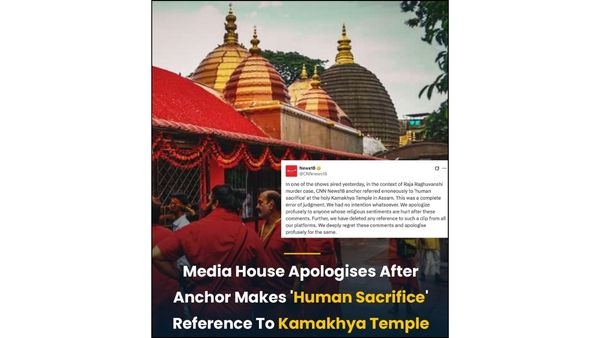
Date of Incident & Apology: 12 June 2025
Media Outlet: CNN News18
Fake News: During a live interview, an anchor speculated that a murder near Kamakhya Temple was a “human sacrifice.” The claim was baseless and condemned by temple authorities.
Apology: CNN News18 issued a formal apology on X (Twitter), deleted the video, and termed it a “complete error of judgment.”
8. The Wire’s “Tek Fog” Fabrication
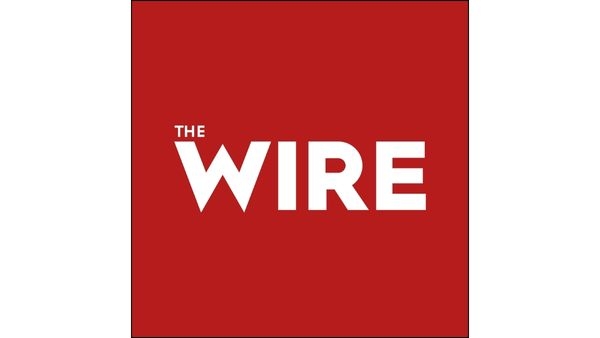
Date of Incident: 2022
Apology Date: 27 October 2022
Media Outlet: The Wire
Fake News: The Wire retracted its Tek Fog series after an internal probe revealed that the evidence was fabricated and the sources unverified.
Apology: The outlet issued a formal public apology, removed all related articles, and admitted to severe editorial lapses.
9. NDTV’s Incorrect Map of India
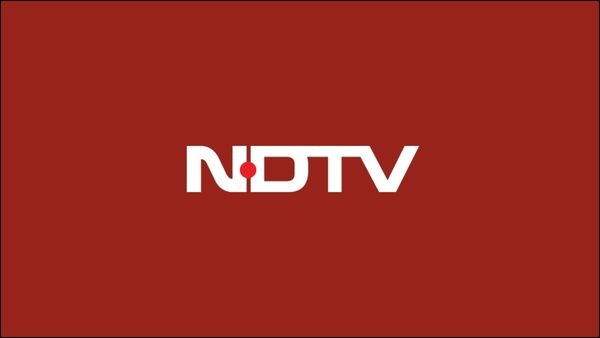
Date of Incident: June 2016
Apology Date: 5 November 2016
Media Outlet: NDTV
Anchor: Dr Prannoy Roy
Fake News: An NDTV program “Rise and Fall of Nations” displayed an incorrect map showing Aksai Chin and PoK outside Indian territory.
Apology: Following citizen complaints, the NBSA directed NDTV to issue an on air apology acknowledging the error and reaffirming respect for India’s territorial integrity.
10. Aaj Tak’s Fake Tweets and Insensitive Coverage of Sushant Singh Rajput’s Death
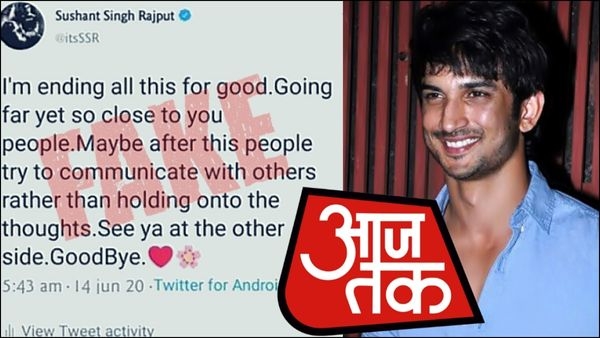
Date of Incident: June 2020
Apology Date: 28 October 2020
Media Outlet: Aaj Tak
Fake News: Aaj Tak fabricated “last tweets” allegedly written by actor Sushant Singh Rajput and aired disrespectful headlines trivialising his death.
Apology: The NBSA fined Aaj Tak ₹1 lakh and ordered the channel to issue three public apologies, which aired after 9 p.m. on 28 October 2020.
Certain journalists and their organisations, hiding behind the façade of “free press,” have repeatedly indulged in half truths, distortions, and deliberate misinformation. Whether it is a sensitive issue of national security, a communal incident, or a government policy, their reports have often been a key to falsehood. And a single misleading headline or edited video is enough to inflame tensions, malign institutions, and discredit the government and spread the narrative of accusations. But when the deception of such journalists is exposed, they conveniently issue a token apology, as if a few words of regret can undo the damage caused to national harmony.
This is not journalism. This is narrative warfare. Where so called torchbearers of free speech have turned media platforms into ideological battlegrounds, by lighting the wild fires of rumours, misinformation, disinformation, and mal information.
Report by
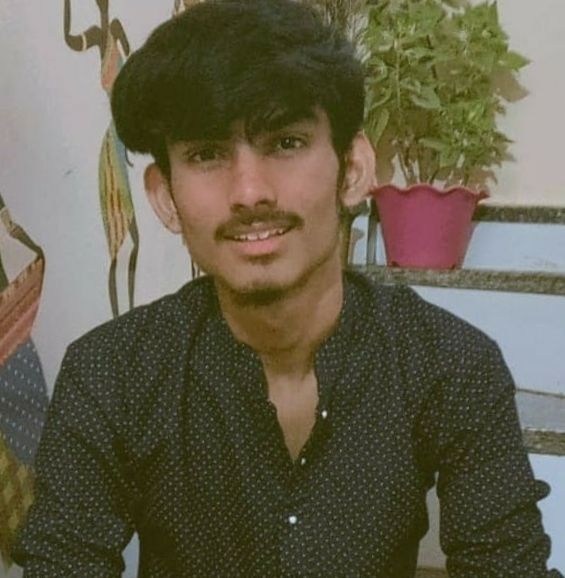
Kewali Kabir Jain
Journalism Student, Makhanlal Chaturvedi National University of Journalism and Communication

